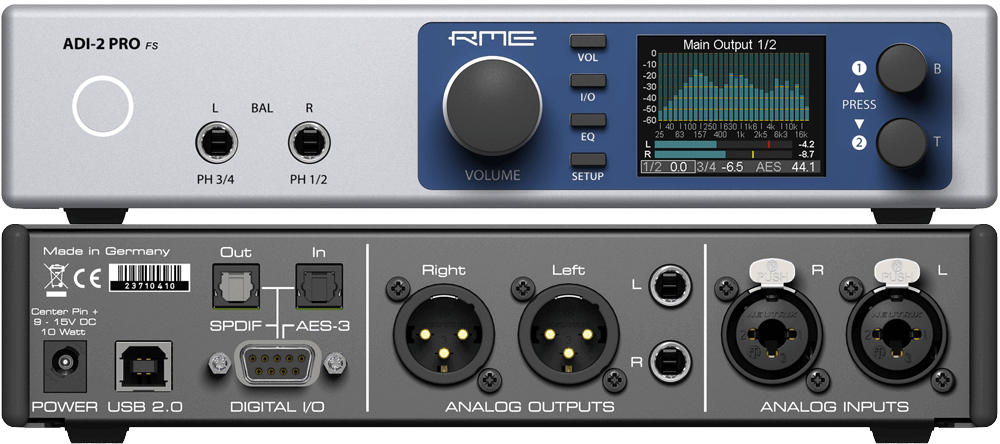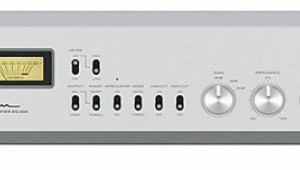| Columns Retired Columns & Blogs |
... a subsonic filter?
Do the various EAT E-Glo hybrid phono preamps exhibit an "overexposed" sound quality with "far too much high-frequency energy" and "a grey sheen"?
Consider the Petite model that costs $1K less than the Stellar:
https://www.absolutesounds.com/pdf/main/press/HFN%20Feb%20EAT%20E-Glo%20Petite%20Reprint[1].pdf



















































